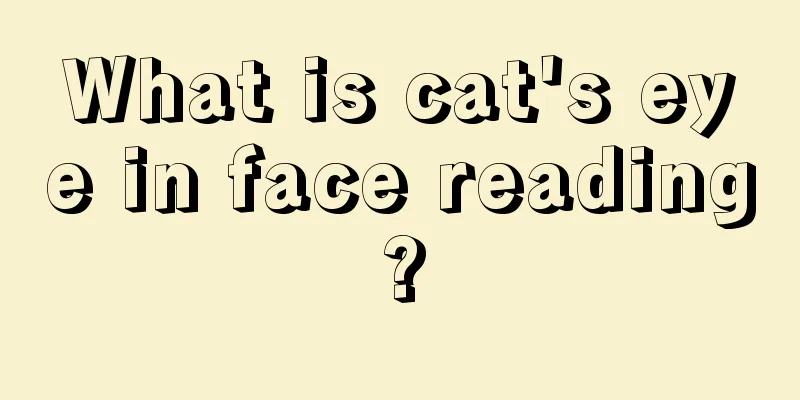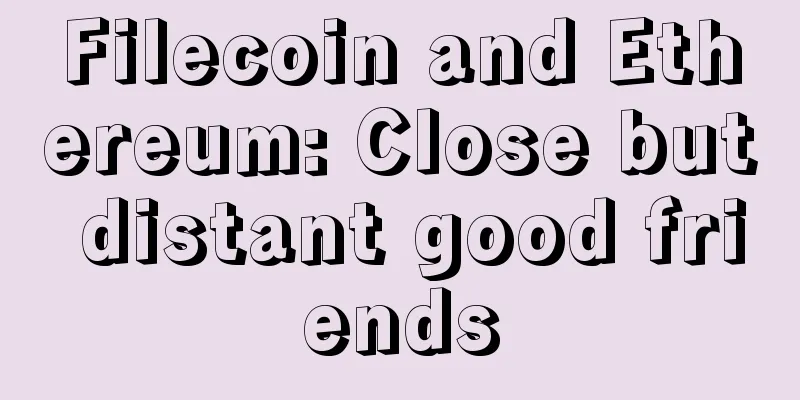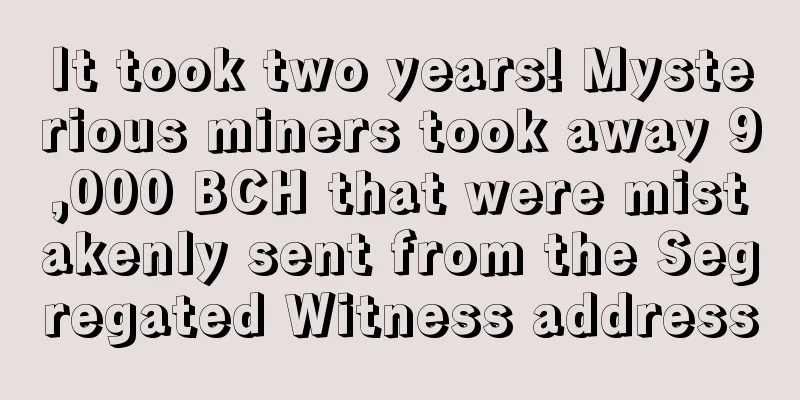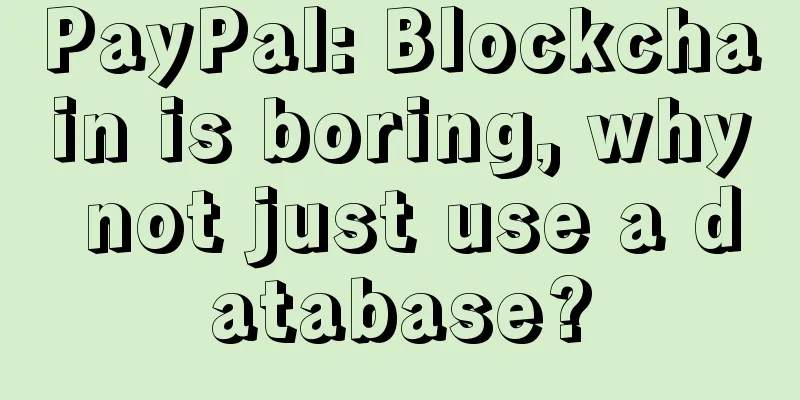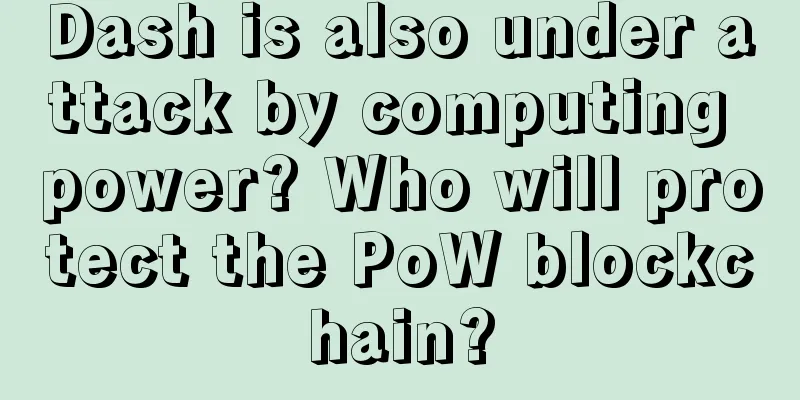Ethereum merger is imminent. Let's talk about PoW and PoS from the perspective of community thinking

|
As Vitalik said, the Ethereum merge is expected to occur between September 13th and September 15th, and today's Bellatrix hard fork upgrade is the preliminary preparation for this merger, but it will still be important. For most ETH holders and bystanders, "lying flat" may be a good option during this merger and upgrade, and for scientists who master MEV technology, this will be an excellent arbitrage feast. But this is not the topic of this article. What I want to talk about is the controversial issue of PoS vs PoW, which is often debated by everyone. Of course, the Crypto community has now focused the issue on PoW Bitcoin vs PoS Ethereum , because most PoW coins and PoS coins are actually terrible in terms of "decentralization", "scalability" and "security" attributes. When it comes to Bitcoin and PoS Ethereum, we have to talk about why Ethereum wants to switch to the Proof of Stake (PoS) consensus mechanism. If you look at the explanations of Vitalik and members of the Ethereum community, they will tell you that this is Ethereum’s original plan. Switching to the Proof of Stake (PoS) consensus mechanism can make it more energy-efficient, more decentralized, and even more secure. But this is obviously not the whole truth, so I would like to talk about this issue from the perspective of community thinking, and this starts with The DAO hacker incident in June 2016. Difference in thinking: “code is law” vs. “society-level emergency response”On June 17, 2016, The DAO, a project initiated by blockchain company Slock.it, was exploited by hackers due to a recursive vulnerability in its contract. Of the more than 10 million ETH raised by the project, 3.6 million ETH were transferred to other accounts. As the stolen funds were too large and involved the Ethereum Foundation, Vitalik and other Ethereum community members initially proposed a soft fork proposal (without rolling back or revoking transactions) after urgent consultations, which led to a sharp drop in the price of ETH. (Note: The image is generated by the Unbounded AI tool) After that, the Ethereum community began to re-discuss the response plan, and finally passed the controversial hard fork plan through a vote of ETH holders, thereby returning the funds of all The DAO investors, and the ETH transferred by the hacker was converted into ETC on the legacy chain. This incident has divided two camps with different ideas. The Bitcoin community and Ethereum miners believe that the blockchain is immutable and code is law, which is a core concept proposed by Nick Szabo, the father of smart contracts. The Ethereum community members who suffered losses believed that the hacker's attack was dishonest and could not be recognized, so they agreed to adopt a "social emergency response" plan to abolish the dishonest behavior of The DAO hacker through hard fork technology. It was the hard fork caused by The DAO that caused Nick Szabo and others to become disgusted with the Ethereum community. They believed that the so-called "social emergency response" was "rule by man" and was inconsistent with the decentralized spirit of blockchain. Public chain expansion war: PoW vs PoSAs more and more applications are applied on the PoW Ethereum public chain, its scalability issues have gradually been exposed. At the same time, a number of PoS public chains such as BSC, Cosmos, Solana, Polkadot, etc. have begun to compete with Ethereum under the banner of "high-performance public chains". From the perspective of scalability, public chains that adopt the Proof of Stake (PoS) consensus mechanism are obviously more advantageous. For the vast majority of new participants from the traditional world, the importance of scalability is easier to understand and accept than other attributes. (Note: The image is generated by the Unbounded AI tool) Despite the help of L2 technologies such as ZK Rollup and Optimistic rollup, the Ethereum L1 layer that adopts the proof-of-work consensus mechanism will undoubtedly be in a very passive situation when facing many "high-performance" competing chains. On the other hand, most applications on Ethereum are based on centralized infrastructure, such as centralized stablecoins USDT and USDC. This means that Ethereum will inevitably become the focus of major global regulators when facing censorship issues. Faced with the dual pressures of regulation and competing public chains, Ethereum's shift to a proof-of-stake (PoS) consensus mechanism seems inevitable. Of course, in order to differentiate itself from other "high-performance" PoS public chains, Ethereum has designed a complex solution to improve the scalability of the system while minimizing the decentralization attribute. Ethereum’s “Social Layer Emergency Response” Research DirectionThe transition from PoW to PoS will also bring more attack problems, such as the well-known long-range attack. However, under the guidance of the "social emergency response" idea, these security issues no longer seem to be a big problem, because as long as the community recognizes that a chain is legitimate, the chain where the attacker is located will be invalidated. Of course, from the perspective of Bitcoin and PoW supporters, this idea is unacceptable. For example, at the recent SBC 2022 conference, Vitalik also delivered a keynote speech titled "51% attack recovery" about "social emergency response". He mentioned:
Note: If you are interested in this topic, you can watch Vitalik’s speech video. This may be one of Ethereum’s next key research directions. Some thoughtsFrom the above perspective, Ethereum’s shift to the Proof of Stake (PoS) consensus mechanism is understandable. I don’t think “more energy-efficient” and “more secure” are the main concerns. Instead, it is a trade-off between censorship resistance and scalability to better consolidate its public chain dominance. If we accept the idea of “social emergency response”, then the Ethereum network is indeed safe under normal use, but if it involves extreme situations (such as sanctions), Ethereum will expose problems with censorship resistance. But as long as there is community consensus, its existence is reasonable and valuable. Finally, we need to think about a scenario. If the Bitcoin network suffers a serious 51% attack, will the ideal of "code is law" be destroyed by reality? Of course, from the current point of view, we do not need to worry about this problem for Bitcoin. It is still the most valuable and decentralized blockchain network. |
Recommend
What does a messy love line mean?
If the love line is very confusing, can you under...
What is a bitter nevus
Let's take a look at what a mole of misery is...
A woman with this lip shape will bring good luck to her husband and children
The mouth, from the perspective of physiognomy, i...
What is the personality of a man with orange peel face?
Our facial features are collectively classified a...
What kind of face will make people rich and lucky after marriage?
We all say that men are afraid of choosing the wr...
Why do some people look rich but cannot get rich?
Why do some people look rich but cannot get rich?...
Palmistry: When to get married
How early or late a person will get married, and ...
Wisdom line can tell whether a child is smart by its depth
Parents are undoubtedly very concerned about whet...
What does Taiyin in the Palace of Illness represent?
The Moon is the emperor among the 14 main stars o...
A break in the middle of the marriage line can easily lead to a quarrel or divorce between the couple.
How to read the marriage line diagram on the palm...
Is it good to have a mole in the eyebrow? Your fortune will get better in middle and old age!
How to interpret the eyebrow mole diagram? Moles ...
Do people with horizontal lines on the bridge of the nose have a miserable life?
In fact, a certain part of a person's face ma...
Hashpool FCH(Freecash) Mining Tutorial
FCH adopts the POW consensus mechanism and the SH...
Women's appearance that attracts men
Women's appearance that attracts men We alway...
Filecoin testnet launched, the generated tokens have nothing to do with the mainnet tokens
At around 2 a.m. on December 12, Filecoin, a dece...


